Have you ever experienced that tight, uncomfortable feeling of dry, chapped lips, especially as the weather turns? We've all been there. Much like a good moisturiser is essential for healthy skin, a quality lip care product is a must in everyday routine for maintaining a soft, beautiful, and healthy pout.
Your lips, lacking oil glands and having thinner skin than the rest of your face, are uniquely vulnerable. Pollution, harsh weather, central heating, air conditioning, dehydration, and even regular makeup can strip their delicate moisture barrier. Neglecting this area can lead to discomfort, inflammation, and a dull appearance. This is where the humble lip balm steps in–a dependable hero that is critical for lip health and beauty. But what is a lip balm, exactly? At its core, it is a wax-like substance applied topically to the lips to moisturise and relieve chapped or dry lips, often using ingredients like beeswax, oils, and petroleum jelly to create a protective seal.
Let's explore the benefits of lip balm and why regular application is non-negotiable for radiant lips.
01Top 10 Benefits of Applying Lip Balm
- Provides Essential Hydration and Moisture:

Lip balms are rich in emollients like shea butter, cocoa butter, or petrolatum (such as in Vaseline Lip Care), which effectively lock in moisture. This crucial barrier prevents trans-epidermal water loss, keeping your lips soft and supple all day long.
- Prevents Cracking and Chapping:
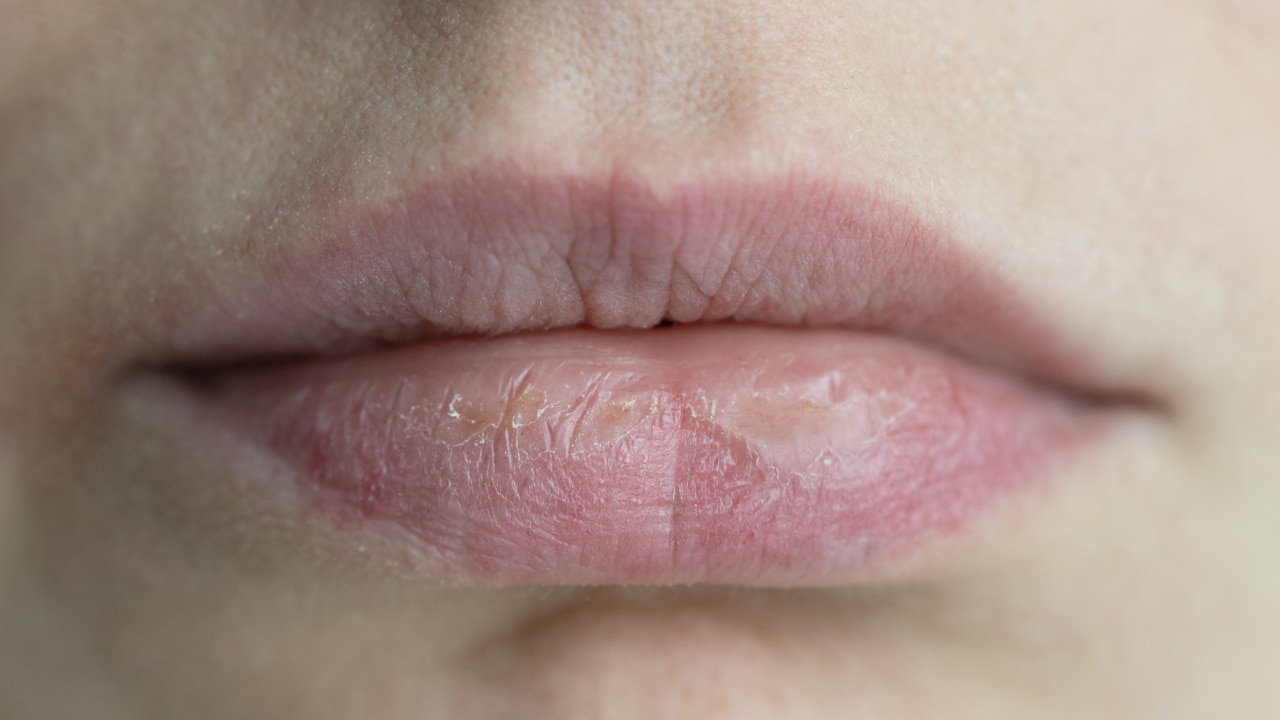
The protective film a lip balm creates shields your lips from external elements, which are the main culprits behind painful cracking and chapping. Consistent use helps to maintain the skin's integrity and elasticity.
- Offers Protection from Harsh Weather:

Whether it's the blistering cold, strong winds, or intense sun, a good lip balm acts as a physical shield. Look for a balm with added SPF to guard against harmful UV radiation, a non-negotiable benefit.
- Promotes Healing of Damaged Skin:
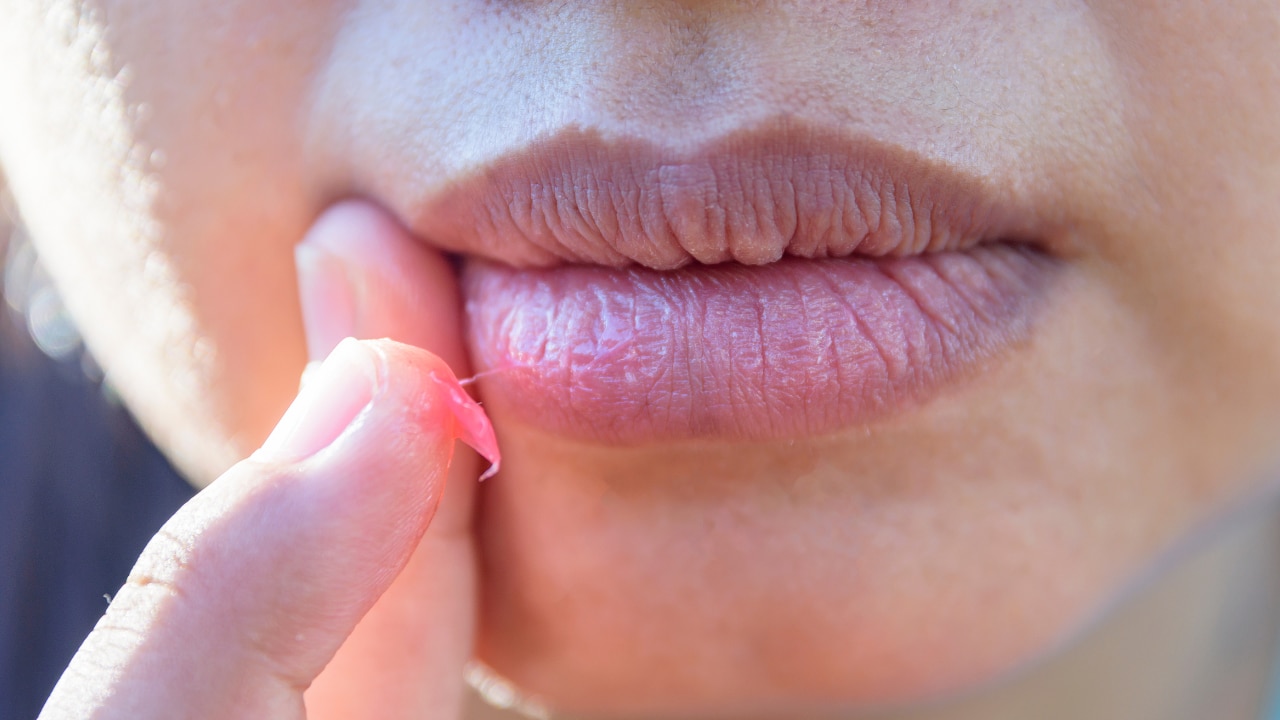
For lips that are already dry or cracked, ingredients like Vitamin E and nourishing oils in the balm can accelerate the natural healing process. They soothe irritation and help repair damaged skin cells quickly.
- Serves as an Excellent Lip Primer:
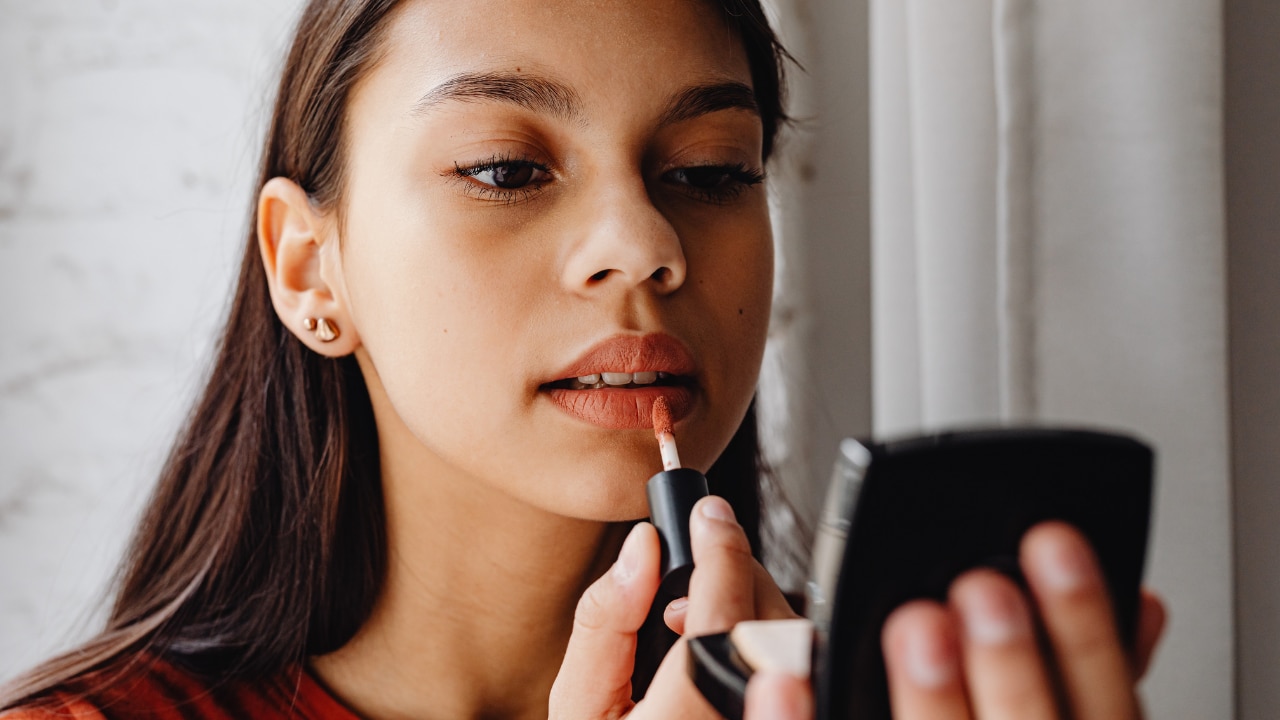
Applying a thin, even layer before lipstick or lip gloss smooths out any dry patches or flakes. This makes subsequent colour application much smoother and prevents the lip product from 'settling' into fine lines, improving longevity.
- Enhances the Natural Appearance of Lips:

Hydrated lips naturally look plumper, fuller, and healthier. Even a clear balm adds a subtle, healthy sheen that instantly revitalises your entire look.
- Reduces the Appearance of Darkening:
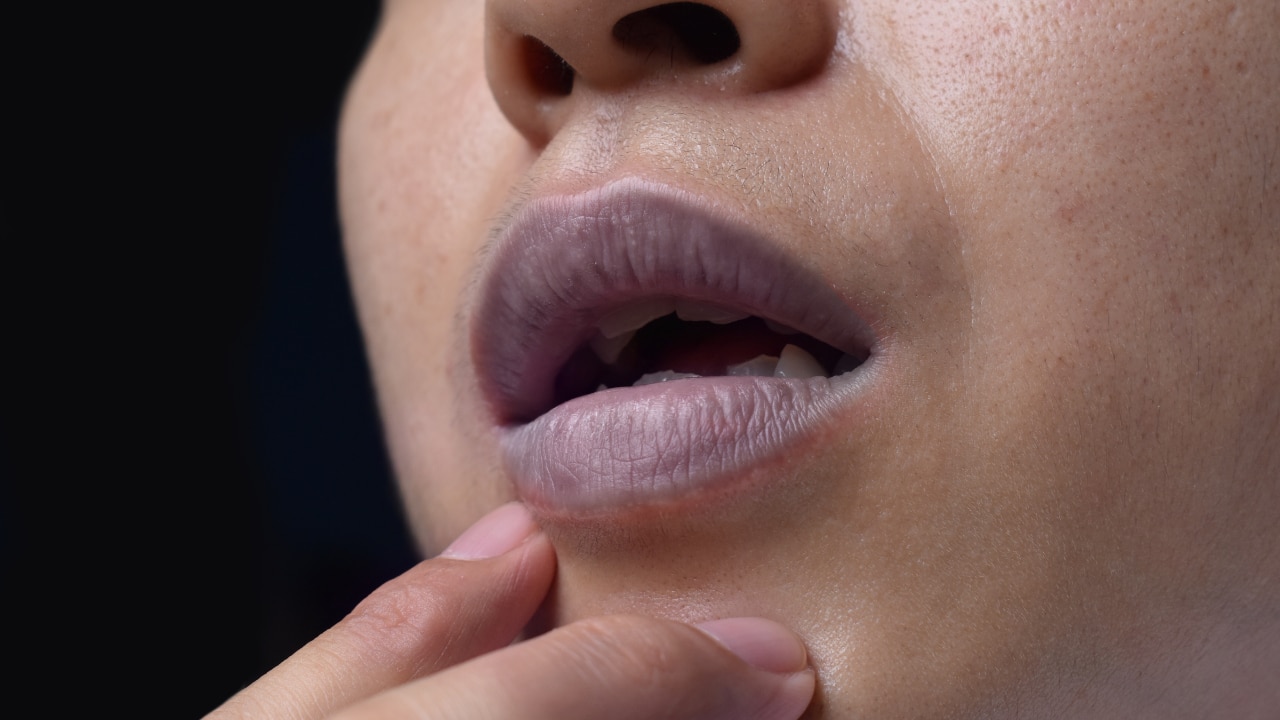
Regular moisturisation and protection from the sun's UV rays are key for preventing and improving lip discolouration. Using a lip balm with SPF is a simple, effective step on how to use lip balm for dark lips and is essential for achieving the best lip balm for dark lips results.
- Soothes Discomfort and Irritation:

Dryness often leads to an uncomfortable tight, stinging, or itchy sensation. A quick application of balm immediately soothes these feelings, providing instant relief and comfort.
- Fights Signs of Premature Ageing:

The delicate lip area is prone to fine lines and wrinkles. Consistent hydration and UV protection–often found in the best lip balm for dark lips formulations that contain antioxidants–help to maintain the youthful firmness of your lips.
- Prevents Excessive Licking:

When lips feel dry, the natural tendency is to lick them, but this actually makes the problem worse as saliva quickly evaporates, taking natural moisture with it. Applying a balm is a healthier alternative to satisfy the urge.
02How to Use Lip Balm the Right Way
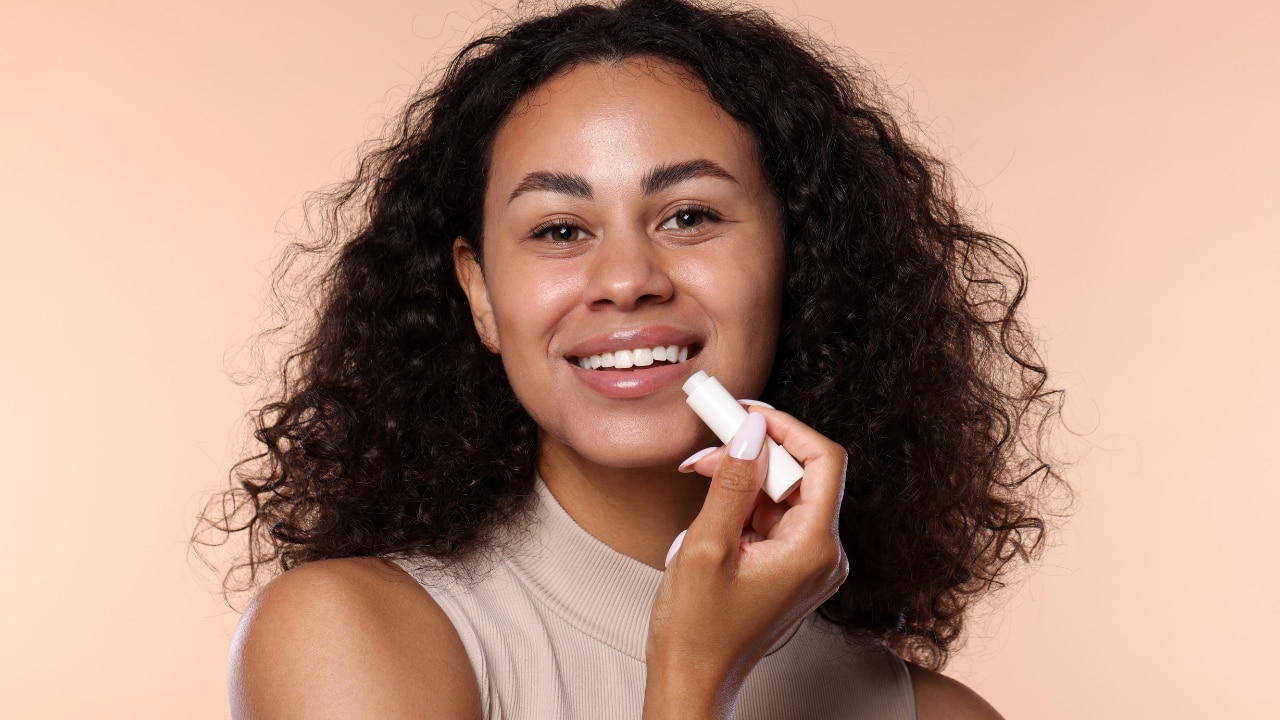
Knowing how to apply lip balm correctly ensures you get the maximum benefit.
- Start with Clean Lips: Ensure your lips are clean and dry, or very slightly damp after cleansing your face.
- Apply a Thin, Even Layer: Twist up the stick or scoop a small amount with a clean fingertip/applicator. Apply a thin, consistent coat to both the top and bottom lip.
- Cover the Lip Corners: Pay special attention to the corners, as these areas are often overlooked and prone to dryness and cracking.
- Reapply as Needed: Reapply throughout the day, particularly after eating, drinking, wiping your mouth, or spending time outdoors. Also, apply a slightly thicker layer before bed.
For Dark Lips: To address pigmentation (how to use lip balm for dark lips), first, gently exfoliate (1-2 times a week). Then, use a product designed to lighten or even skin tone (look for ingredients like Vitamin C, liquorice extract, or kojic acid) followed immediately by a moisturising lip balm with high SPF (SPF 15 minimum) during the day. This combination of treatment and protection is crucial. This helps determine which lip balm is best for dark lips.
03How to Choose the Right Lip Balm
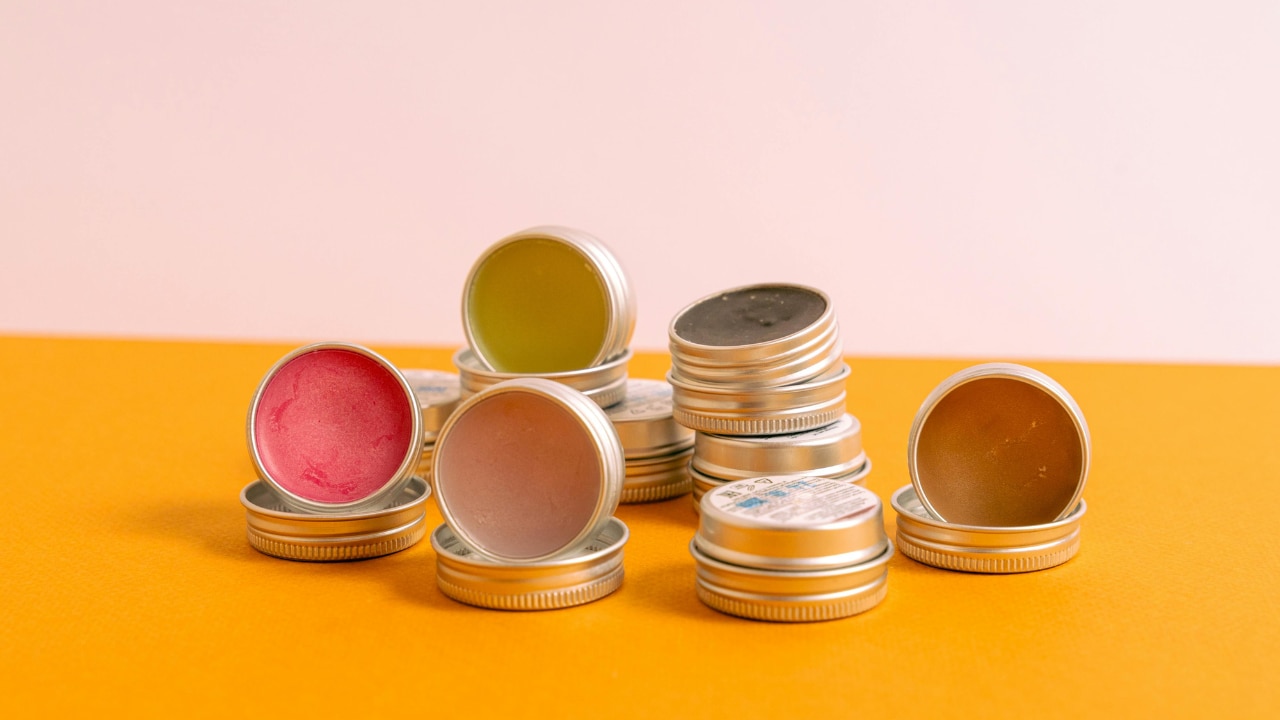
Finding which lip balm is best for you comes down to your primary needs:
- For Dry/Chapped Lips: Look for intense moisturisers like petrolatum (e.g., Vaseline Lip Care Total Moisture), beeswax, shea butter, cocoa butter, and lanolin.
- For Sun Protection: Always choose a lip balm with a minimum of SPF 15 for daytime use, even on cloudy days. Look for mineral sunscreens like Zinc Oxide or Titanium Dioxide.
- For Darkening/Pigmentation: Seek out balms containing brightening agents like Vitamin C, as well as a high SPF. This helps answer which lip balm is best for dark lips.
- For Sensitive Lips: Avoid common irritants like menthol, camphor, phenol, salicylic acid, and strong artificial fragrances or flavours.
- For a Tinted Look: Opt for a tinted lip balm if you want the benefits of lip balm with a subtle, polished hint of colour.
04DIY Natural Lip Balm Ideas
If you're wondering how to make lip balm at home, these kitchen-based recipes are simple and nourishing:
- Coconut Oil & Honey Balm:
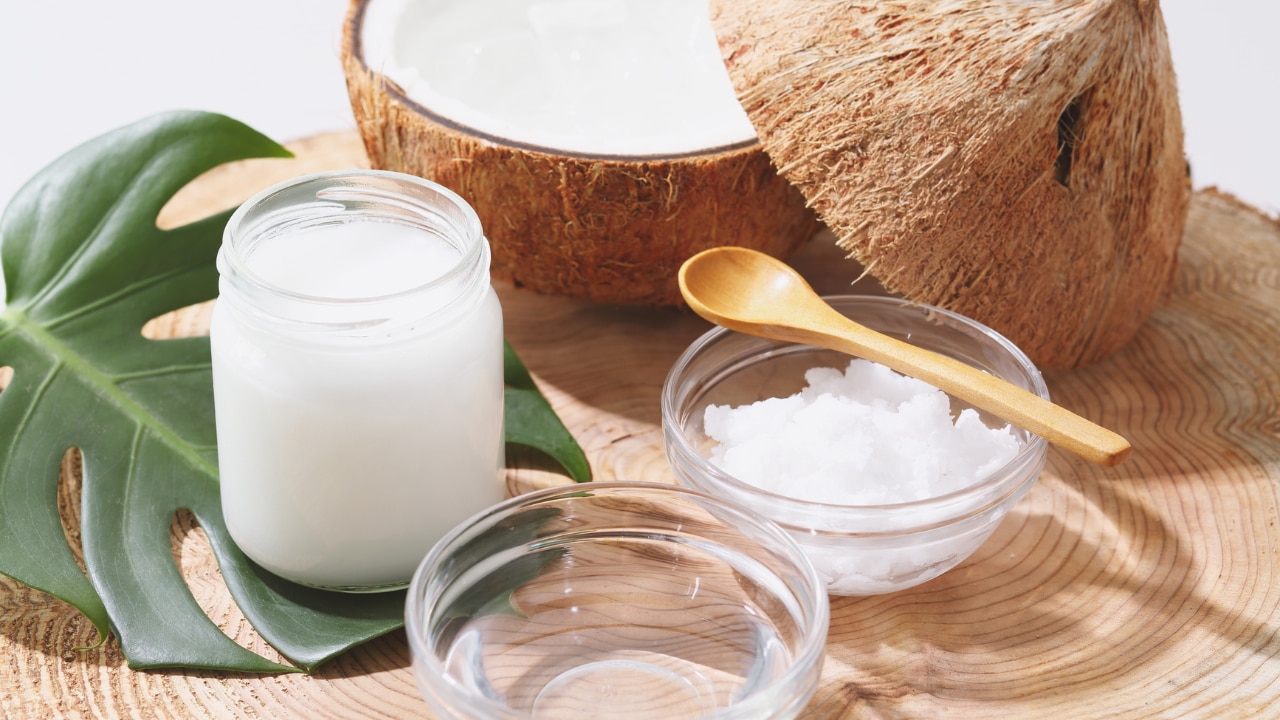
Melt 1 tbsp of coconut oil and 1 tsp of beeswax pellets (for texture) using a double boiler. Once melted, stir in 1/2 tsp of honey. Pour into a small, clean pot and let it set. The coconut oil moisturises, and honey has natural healing properties.
- Shea Butter & Olive Oil Balm:

Melt 1 tbsp of Shea butter with 1 tbsp of olive oil. Add 2-3 drops of Vitamin E oil (optional, for extra healing). Stir and pour into a container. This creates a deeply conditioning, luxurious balm.
05Common Mistakes to Avoid
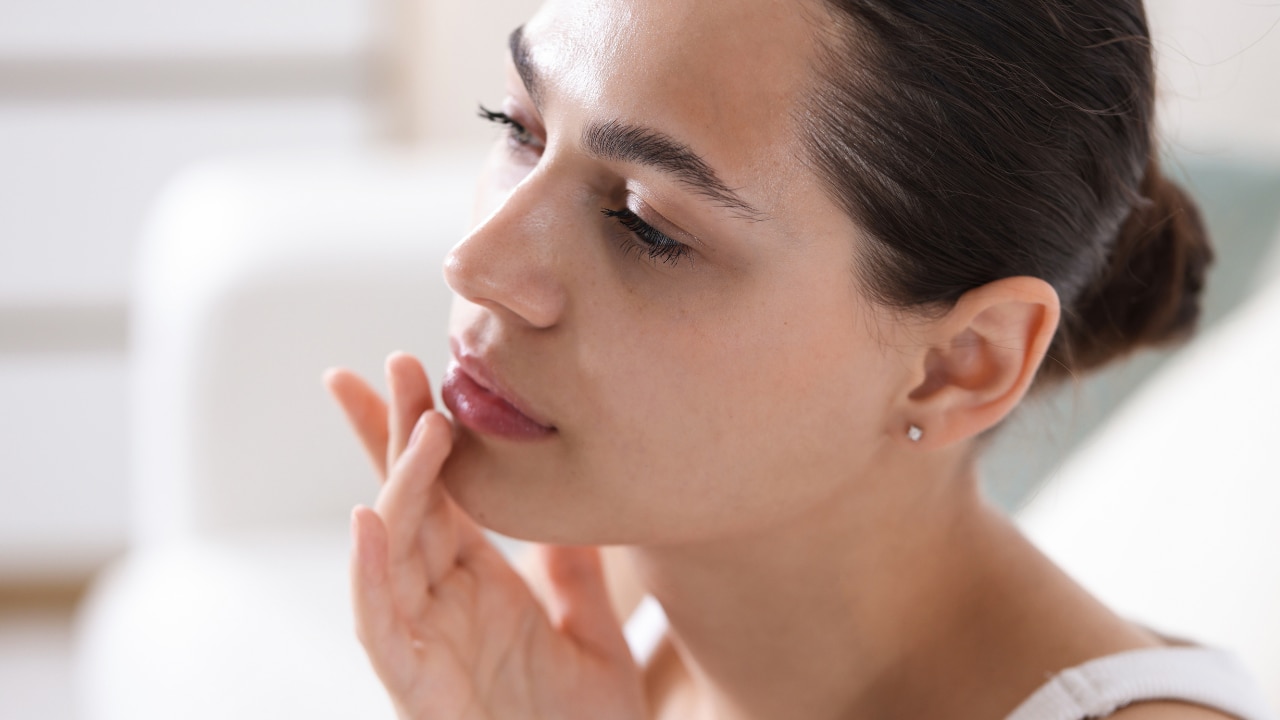
To prevent misuse and ensure you maximise the benefits of lip balm, avoid these common pitfalls:
- Using Irritating Ingredients: Ingredients like menthol, camphor, or eucalyptus can provide a temporary cooling sensation but actually dry out your lips in the long run, creating a cycle of dependency.
- Forgetting SPF Protection: Sun damage is a primary cause of dryness and lip darkening. Always skip a non-SPF lip balm during the day.
- Over-Exfoliating: While gentle exfoliation is good, doing it too often or too harshly can damage the delicate skin barrier, making chapping worse.
- Applying Balm to Wet Lips: The balm will not adhere or form an effective barrier if your lips are slick with water or saliva; always apply to clean, dry, or slightly damp lips.
06Conclusion
The simple act of applying lip balm is one of the most effective and affordable ways to invest in your lip health and beauty. From intense hydration and protection against the elements to serving as the perfect base for makeup and actively helping to brighten the lip tone, the benefits of lip balm are undeniable. Make this everyday essential a consistent part of your routine to ensure your lips remain soft, smooth, and naturally radiant, year-round.
07FAQs
Q: How often should I apply lip balm?
A: Reapply as needed, particularly after eating, drinking, or cleaning your mouth. Apply a generous layer before bed and first thing in the morning.
Q: Can lip balm make my lips darker?
A: No, but using one without SPF during the day exposes your lips to UV rays, which can cause hyperpigmentation. Always use an SPF balm to protect against darkening.
Q: Is Vaseline good for the lips?
A: Yes, the Vaseline Lip Care range is excellent. The petrolatum creates a superior protective barrier, sealing in moisture and aiding in the healing of chapped lips.








